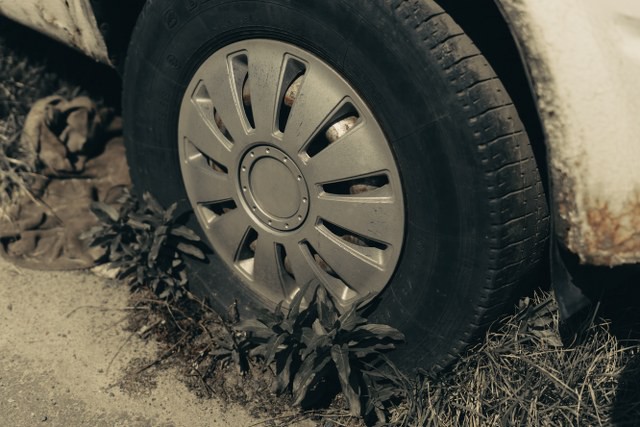
4 Symptoms of a Failing or Bad Brake Line
Brake
lines are metal hardlines present on almost every contemporary car. They
function as the braking system's pipes, which is powered by hydraulic pressure.
The brake lines transport braking fluid from the master cylinder to the wheels,
passing through flexible brake hoses and into the callipers or wheel cylinders
of the vehicle.
To
endure high pressures and exposure to the environment, most brake lines are
composed of steel. They may, however, develop issues with time.
Any
issues with the brake lines get to be a problem with the braking system, which
becomes a safety concern for the vehicle and must be repaired or replaced
before your next MOT testing
service to avoid a failure of the MOT test.
A
defective brake line will usually create a few indications that will tell the
driver that maintenance is needed:
1. Brake Fluid Leaks -
Braking lines that lose brake fluid are the most prevalent cause of brake line
failure. Steel is commonly used, and they can endure high pressures. They are,
however, subject to leaks and can become worn or damaged as the car is driven.
When a brake line fails, depending on the degree of the leak, brake fluid may
seep out fast when the brakes are engaged. Damaged brake lines will be clearly
stated as a failure when carrying out a MOT history checker
online or if you go through your previous MOT certificates.
2. The Brake Warning Light
illuminates - An illuminated Brake Warning Light is another sign that indicates
the problem has proceeded further. When the brake pad wear sensors are engaged
and the fluid level drops below a specific level, the brake light will
illuminate. When the brake light illuminates as a result of a failing brake
line, it usually implies that the fluid has spilled below an acceptable level
and that immediate care is necessary. If you check MOT history of your
car, an illuminated brake light is a typical reason for MOT failure,
although there might be more than one portion of the braking system that is
malfunctioning.
3. Rusty Brake Lines -
Corrosion on brake lines is another sign that there is an issue with the brake
lines. Exposure to the elements can cause corrosion. This can weaken the lines
over time, making them more vulnerable to leaks. Brake line corrosion is more
likely in cars driven in winter locations where salt is used to treat ice
roadways.
4. The Braking Power Has Been
Reduced - The fact that your brakes are occasionally working or that you are
having problems stopping the car is a tell-tale indicator of brake line
failure. This might be caused by worn brake pads or issues with hydraulic
components such as the master cylinder. If you search online for "check my MOT history" and find a MOT failure due to
the brake system, always take your car to a specialist to figure out what
caused the failure and whether there are any other issues that may occur in the
near future.
Brake
lines are critical to overall vehicle safety since they are basically part of
the braking system's piping. Damaged brake lines usually need to be replaced,
and since brake hard lines are all constructed to specified lengths and bent in
very precise ways, replacing them necessitates the use of specialised tools and
skills. As a result, if you believe that one or more of your vehicle's brake
lines are failing, get your vehicle's braking system evaluated by a
professional mechanic to see if your vehicle requires brake line replacement.
What Is a Brake Line and How Does It Work?
The
brake line is a steel line that is essential to the overall operation of the
braking system.
The
following is an overview of how your brake system operates:
When
you apply pressure on the brake pedal, it sends a signal to the master
cylinder, which pumps brake fluid down the brake line. This is also known
as a brake pipe or brake tubing.
The
fluid then goes to each wheel's cylinders, where it engages the braking system.
The
brake discs will next be squeezed to a stop by the calipers and brake
pads.
If
your car does not use brake discs, the wheel cylinder triggers your brake shoes
to slow the wheel if your vehicle has drum brakes.
What
about the brake hose, for example? Is it the same as the metal brake line you
have?
Almost.
The steel brake line is a stiff pipe that connects to your fuel tank, similar
to fuel lines.
The
brake hose, on the other hand, is normally a rubber hose that links the hard
brake line to the moving portions of your brake, such as the brake caliper.
Because
they move with the wheel suspension, rubber brake lines are flexible. Instead
of rubber lines, you can come across a flexible stainless steel braided hose.
These flexible stainless steel lines are more durable than rubber hose, so you
won't have to replace them as frequently.